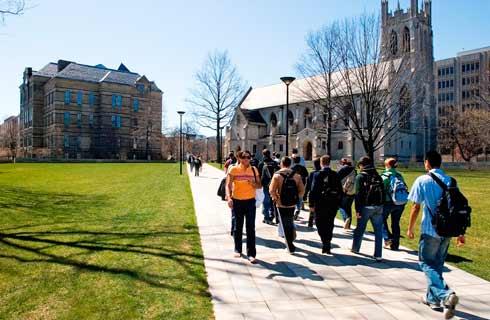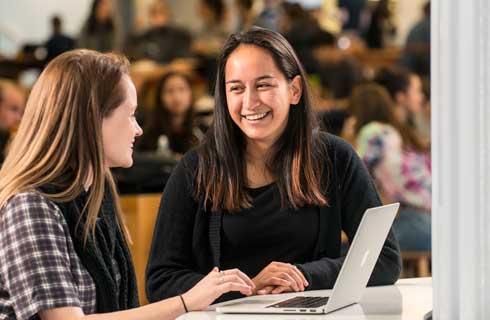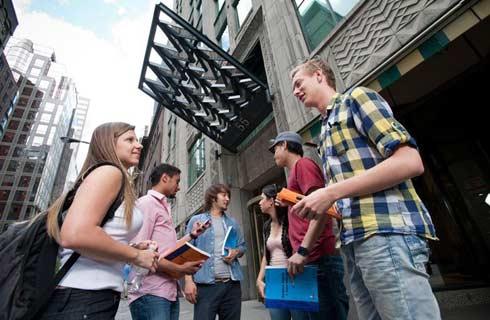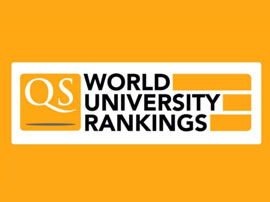Master of Science in Physics


学历文凭
Masters Degree

专业院系
Department of Physics

开学时间

课程时长

课程学费

国际学生入学条件
IELTS - 6.5 and TOEFL iBT - 90
IDP—雅思考试联合主办方

雅思考试总分
6.5
了解更多
雅思考试指南
- 雅思总分:6.5
- 托福网考总分:90
- 托福笔试总分:160
- 其他语言考试:Duolingo - 110
CRICOS代码:
申请截止日期: 请与IDP顾问联系以获取详细信息。
课程简介
相关申请
 预科
预科 奖学金
奖学金 实习机会
实习机会 在校学习
在校学习 跨境学习
跨境学习 校园授课-线上开始
校园授课-线上开始 在线/远程学习
在线/远程学习
学校排名

世界排名351
数据源:泰晤士高等教育世界大学排名
本校相关课程

Global Gateway Program for Undergraduate Study (3 Term)
学历文凭
Foundation for Undergraduate
开学日期
课程费用总额


Global Gateway Program for Undergraduate Study (2 Term)
学历文凭
Foundation for Undergraduate
开学日期
课程费用总额


Global Gateway Program for Undergraduate Study (1 Term)
学历文凭
Foundation for Undergraduate
开学日期
课程费用总额


Global Gateway Program: Master's International Year
学历文凭
Foundation for Postgraduate
开学日期
课程费用总额


Bachelor of Science in Business Administration - Accounting
学历文凭
Bachelor Degree
开学日期
课程费用总额


Bachelor of Science in Animal and Veterinary Sciences
学历文凭
Bachelor Degree
开学日期
课程费用总额

其他相关课程

物理学理学学士-光学物理学
 俄勒冈州立大学
俄勒冈州立大学学历文凭
Bachelor Degree
开学日期
课程费用总额


Bachelor of Science in Medical Physics (General)
 温莎大学
温莎大学学历文凭
Bachelor Degree
开学日期
课程费用总额


物理学理学硕士
 马里兰大学巴尔的摩分校
马里兰大学巴尔的摩分校泰晤士高等教育世界大学排名:772
学历文凭
Masters Degree
开学日期
课程费用总额


地球科学/物理科学学士学位(联合专业)
 纽芬兰纪念大学
纽芬兰纪念大学学历文凭
Bachelor Degree
开学日期
课程费用总额


Bachelor of Arts in Physics
 南加州大学
南加州大学泰晤士高等教育世界大学排名:74
学历文凭
Bachelor Degree
开学日期
课程费用总额


哲学物理学博士学位
 渥太华大学
渥太华大学泰晤士高等教育世界大学排名:188
学历文凭
Ph.D.
开学日期
课程费用总额


























